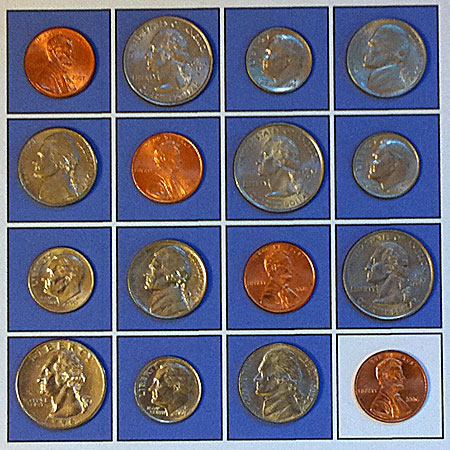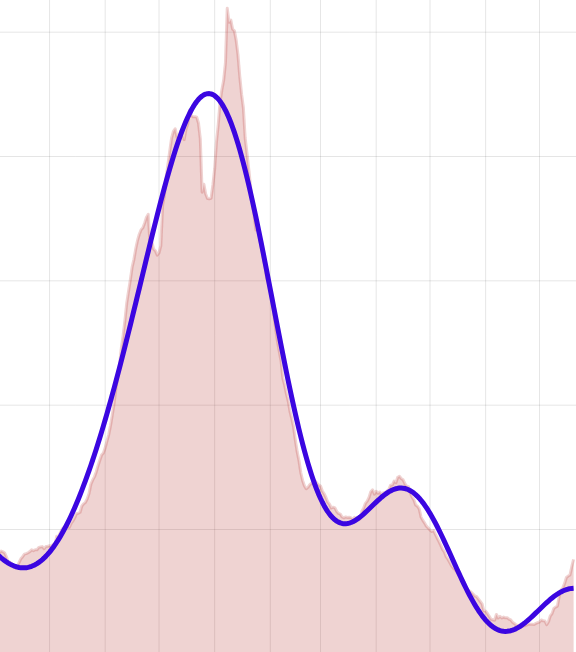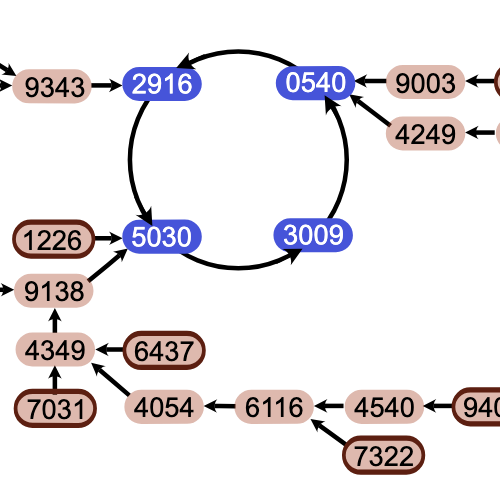Cows, Colleges and Contentment
by Brian Hayes
Published 7 November 2008
It must be something in the milk. For expository writers who specialize in mathematical subject matter, there’s a strange attractor in Northfield, Minnesota. That’s where Lynn Arthur Steen and his colleagues produced “telegraphic reviews” of mathematical writing for many years. Math Horizons, the student math magazine published by the MAA, was edited there for a while by Steve Kennedy and Deanna Haunsperger. Barry Cipra lives there. And I used to live there too.
I’ll be making a pilgrimage back to my old hometown next week. Thanks to the generosity of Paul Zorn and the hospitality of Barry Cipra, I’ll be giving a talk at St. Olaf College Tuesday afternoon. Details here. And Rosalind Reid and I will be meeting with Mary Steen’s class of potential future math scribes.
Responses from readers:
Please note: The bit-player website is no longer equipped to accept and publish comments from readers, but the author is still eager to hear from you. Send comments, criticism, compliments, or corrections to brian@bit-player.org.
Publication history
First publication: 7 November 2008
Converted to Eleventy framework: 22 April 2025




Your talk is open to “Alumni, Students, Faculty, Public, Parents, Staff”. Who is excluded?
Well, since the event took place three days ago, I guess it’s closed to everyone but Time Lords.